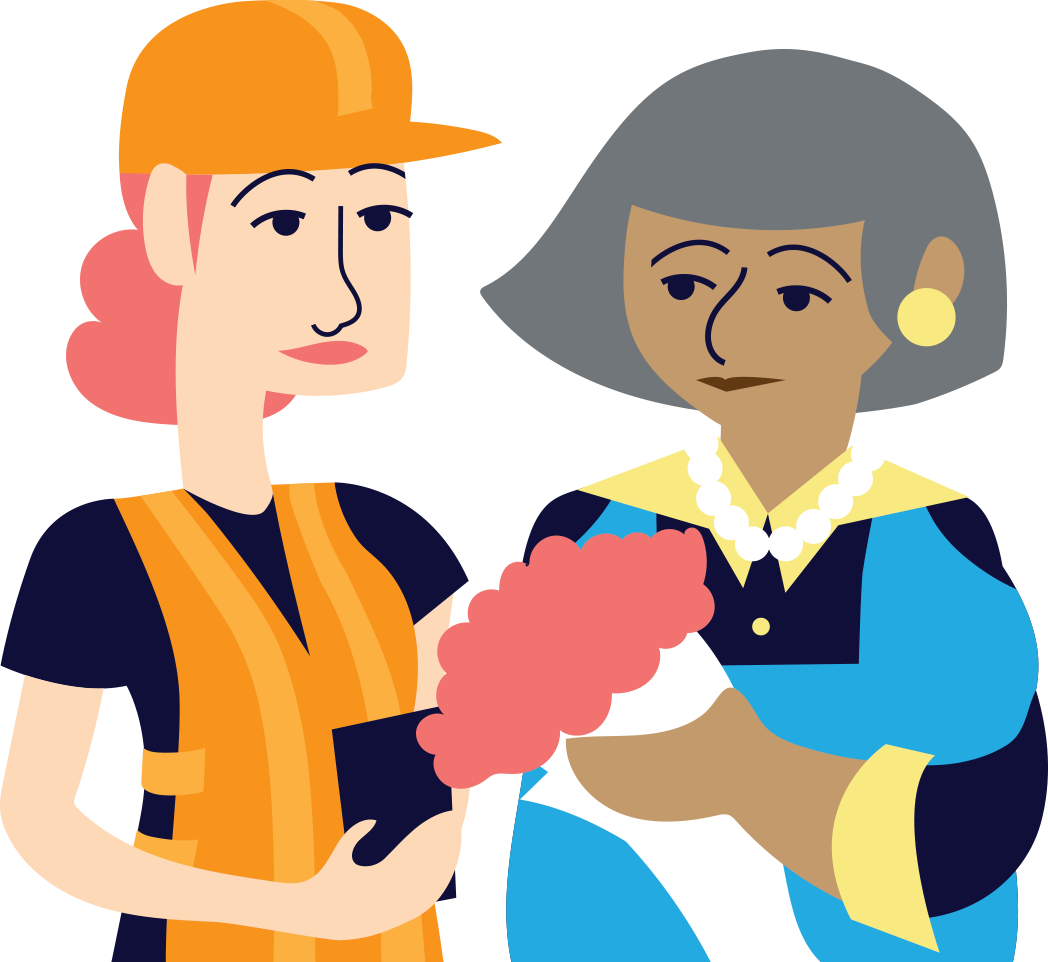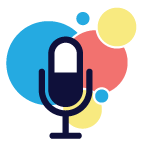The majority of participants identified as white or Caucasian. Approximately 2% explicitly identified as women of colour and 7% identified as Indigenous. Approximately 7% responded in a way that did not clearly indicate their race.
By The Numbers
Learn about who participated in our survey and discussion groups for women and see how some groups answered questions differently than others.
This section is based primarily on information gathered through a demographics questionnaire. For more qualitative analysis, please refer to our section on top issues identified by women.
Note: amounts are rounded to nearest whole number and therefore may not add to 100%
- Participants who provided demographic data: 1328
- Participants who provided both demographic and qualitative data: 979
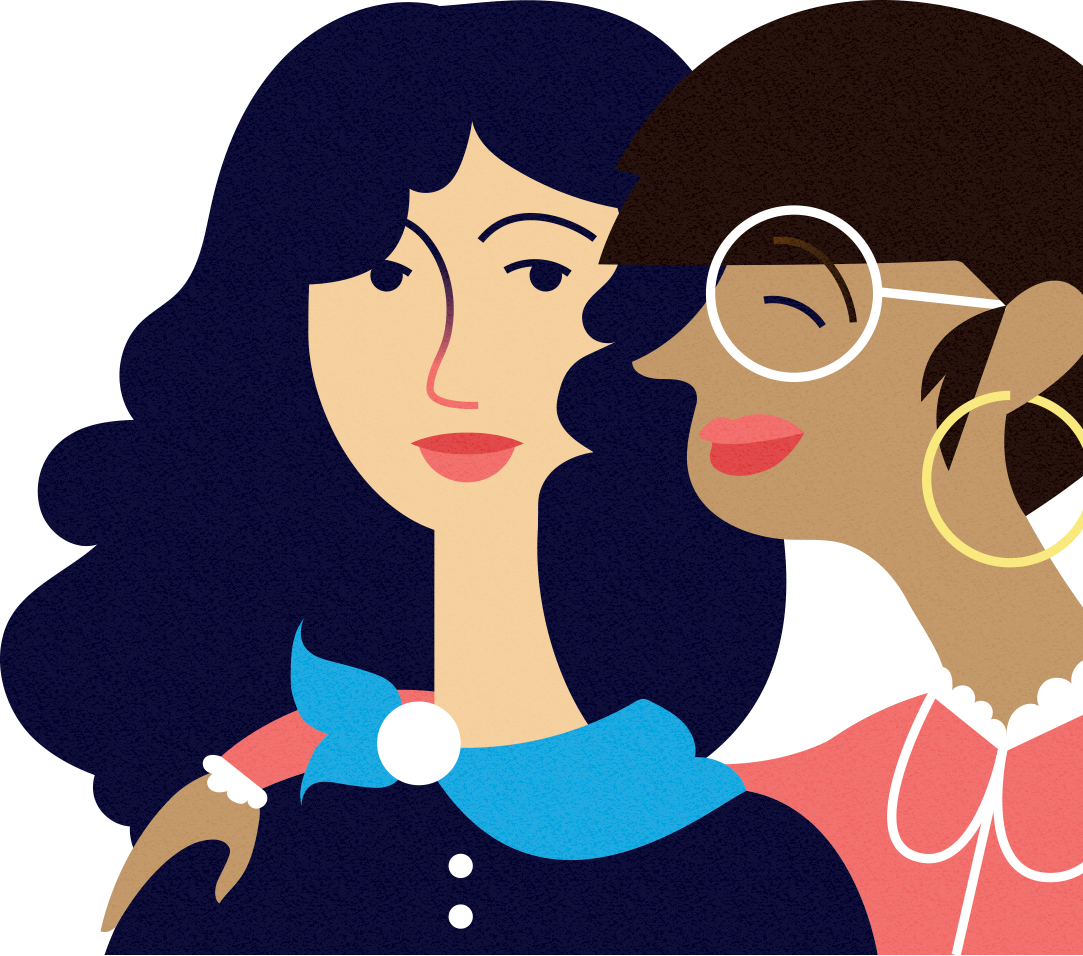
Age
Extra Points
- Participants ranged in age from 19 to 79 years
- The average age of participants is 38.1 years.
- 16% of participants under 25 are full-time students.
- Approximately 4% of participants are 65 or older.
Sexual Orientation
- 83%Heterosexual
- 14%LGBQA2S+
- 3%Unclear
Some descriptions used:
- Asexual
- Bisexual
- Pansexual
- Fluid
- Flexible
- Gay
- Lesbian
- Queer
- Straight
- Questioning
- Curious
Extra Points
- Women their described sexual orientation in dozens of ways.
- The question on sexual orientation was the demographics question skipped most often in the survey and discussion groups.
- Bisexual and lesbian were the most commonly use descriptors amongst LGBQA2S+ respondents.
Race
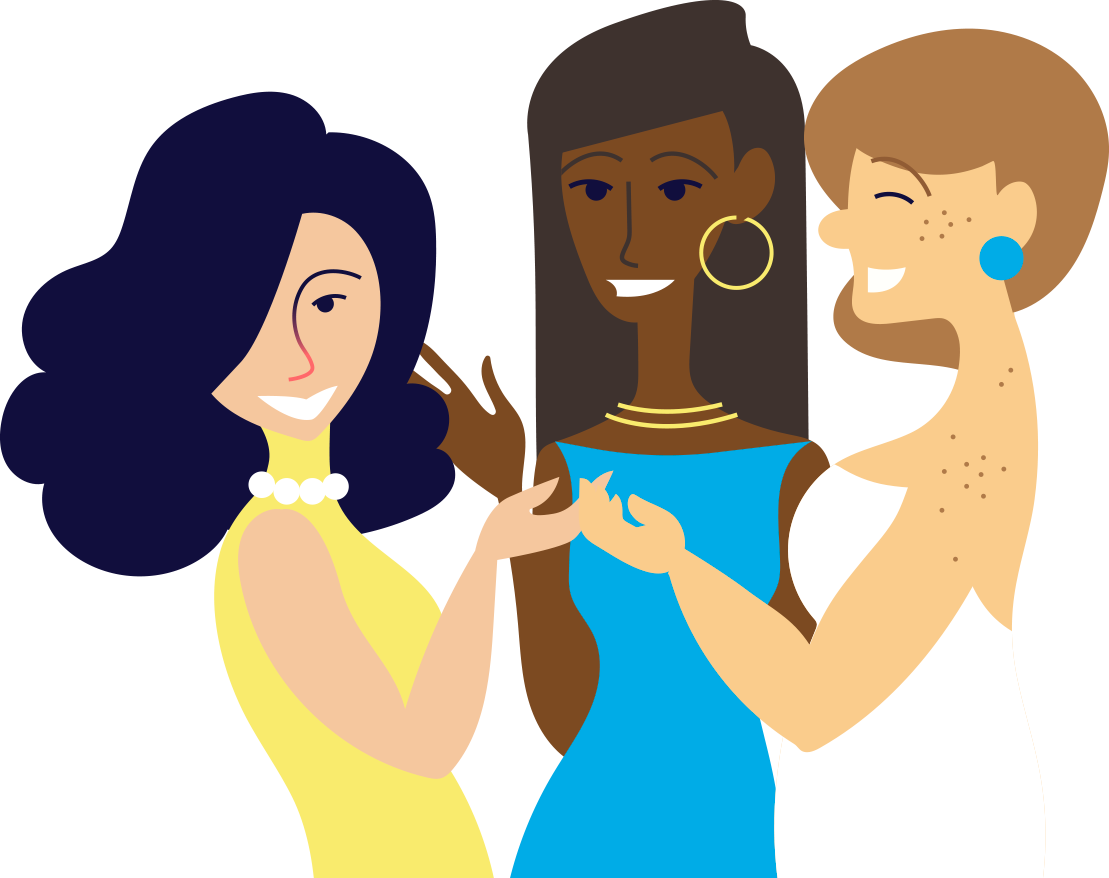
Location
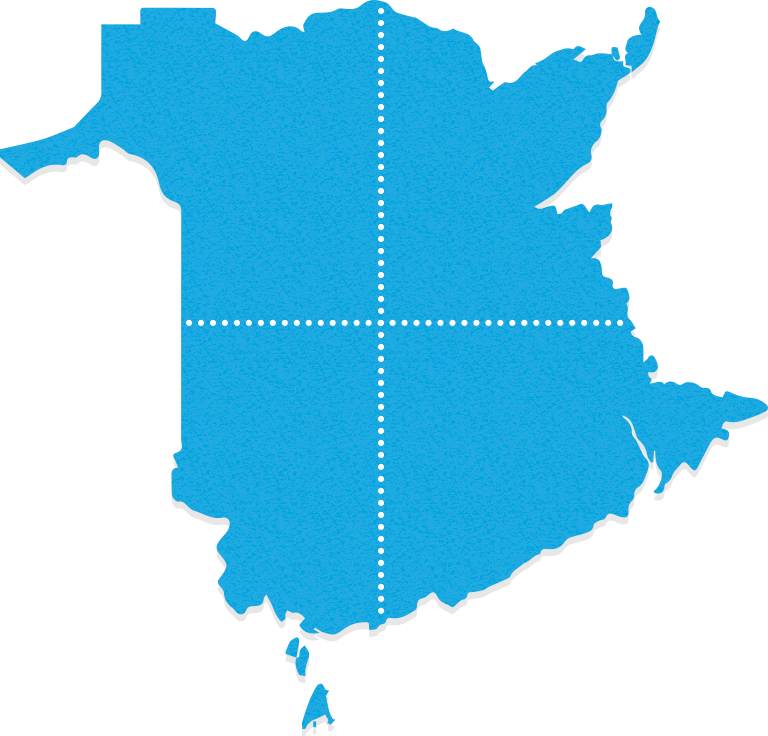
Extra Points
- Women responded to our survey from 163 communities (including 9 First Nations communities) across New Brunswick.
- 36% of participants live in rural communities and 62% live in urban locations.
- Nearly 2% of participants indicated they live in a First Nation community.
Languages
- 74%English
- 23%French
- 1%Indigenous
- 2%Other
- 51%Unilingual in English or French
- 41%Bilingual in English and French
- 2%Bilingual in English or French and Another Language
- 4%Multilingual in 3+ languages
- 2%Another language capacity
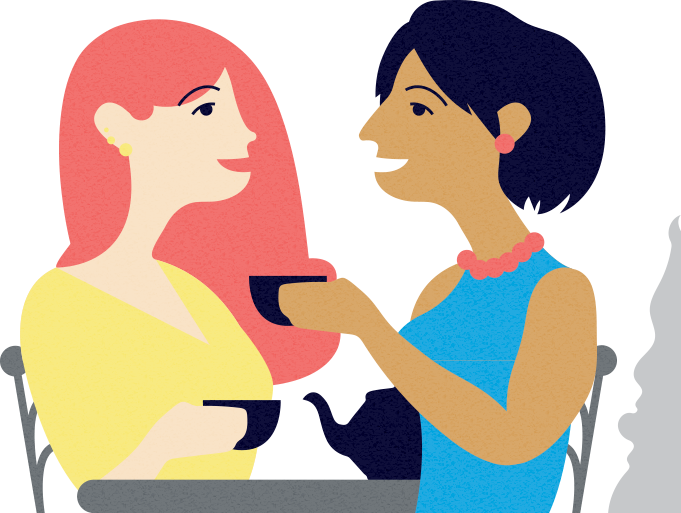
Parenting
Parents
- Approximately 13% of participants are single parents/guardians. The majority of single parents/guardians identified money as their biggest worry on a daily basis. Often, these women made connections between financial insecurity and difficulty receiving child support payments.
- The issue identified most frequently by women who are parents/guardians as having affected their lives in the last 12 months was accessing and providing care, particularly child care.
- Women who are parents/guardians are slightly more likely than women who are not to identify challenges linked to poverty and meeting basic needs (including housing, food security, and transportation) as issues that need to be addressed to improve the situation for women in NB and that have affected their lives in the last 12 months.
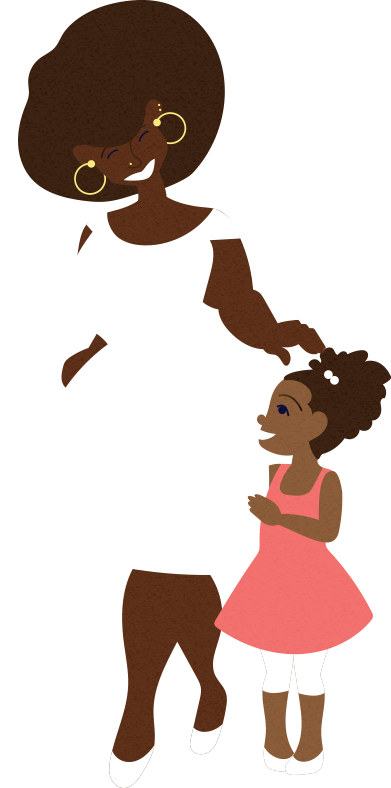
Non Parents
- Approximately 1/3 of women who are not parents/guardians identified money as the issue that causes them the most stress and worry on a daily basis.
- The issue identified most frequently by women who are not parents/guardians as having affected their lives in the last 12 months is health care, particularly access to mental health support.
- Non-parents 35 years and older were slightly more likely to have a personal income exceeding $45 000 than parents/guardians 35 years and older; however, more parents than non-parents in this age group had a personal income exceeding $65,000.
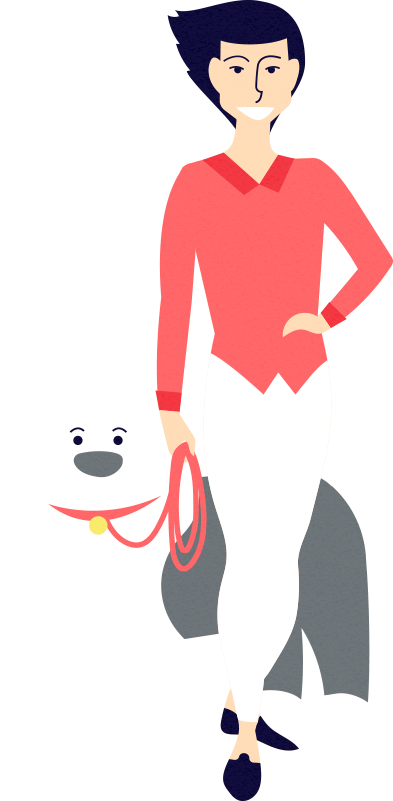
While both parents and non-parents identified challenges and experience with sexism, discrimination, and harassment in the workplace, women who are parents consistently connected these issues to maternity leave and/or the impact of mothering and child care on career advancement whereas non-parents connected these issues to experiences where they were not taken seriously, dismissed or ignored, and, in some cases, made targets of sexualized language and harassment.
Living Situation
- [1]Nuclear family (spouse/partner + child(ren) under 19)
- [2]Shared accommodations (i.e. roommates)
Extra Points
- Only about 1 in 5 women described a living situation that involves a nuclear family (spouse/partner and child(ren) under 19). This means that almost 80% of women are living in other living situations and family structures.
- Approximately 13% of women lived in other arrangements that include living with parents, with extended family, with adult children, and in various other combinations of parents, children, and extended family.
Marital Status
Single
28%- 58% of women who were single were under the age of 30.
- Single women specifically named pay equity, violence, and mental health as issues that need to be addressed to improve the lives of women in NB in general.
Disability & Mental Health
528 women said they lived with disability and/or mental health challenges. Of these women:
Mental Health Only
For women with mental health challenges, health and work were tied as the most common areas of life that caused the most daily stress after money.
Both Disability and Mental Health
A number of women with both a disability and mental health challenges declined to identify one area of life that caused the most daily stress and instead provided a response that described their daily stress as arising from multiple sources.
Disability Only
For women with disabilities, health was listed almost as frequently as money as the area of life that causes the most daily stress.
Click chart labels for more details!
Extra Points
- Women pointed to poverty, caregiving, stress, violence/harassment, and lack of work/life balance as factors that contribute to their challenges with disability and mental health.
- Women described a variety of specific mental health challenges including post-traumatic stress disorder (PTSD), depression, anxiety, and disordered eating.
- Women with both a disability and mental health challenge most commonly identified access to mental health support, economic security, and access to general health care as issues they’d faced in the past 12 months.
- When asked what area of their life caused the most daily stress women with a disability, women facing mental health challenges, and women with both all chose money as their top stressor.
Immigrants & Newcomers
While 98% of women who completed this survey hold Canadian citizenship, 30 indicated another citizenship and/or immigration status, including:
- Permanent Resident - Economic or Family Class
- Permanent Resident - Refugee or Protected Person Class
- Temporary Resident - Temporary Foreign Worker
- Temporary Resident - Foreign Student
These 30 Women
- Are highly educated. 90% hold at least of one post-secondary degree, and 30% hold either a Master’s and/or Doctorate degree.
- Despite their high level of education, nearly 26% of these women have a personal income under $30,000 and 13% have a personal income under $20,000. When looking at household income: 16% have a household income of less than $30,000, and 3% have a household income of less than $20,000.
- Identified challenges in the area of accessing child care, accessing mental health support, securing employment, and experiencing racism and discrimination.
Indigenous Women
Click here for an info sheet with additional data and stories from Indigenous women.
88 women who participated in Resonate identified as Indigenous, Aboriginal, First Nation, Métis, and/or Inuit.
- 56%Status
- 44%Non-Status
- 48%Under Age 40
- 25%Live On Reserve
- 86%Postsecondary
- 11%Graduate Degree
On issues, Indigenous women said:
- Health care (including access to mental health and reproductive health care) was a top issue to address to improve the lives of women in NB generally and a top issue in their own lives in the past 12 months.
- Challenges related to meeting basic needs, including poverty, housing, and transportation were top issues to address to improve the lives of women in NB generally and a top issue in their own lives in the past 12 months.
- 73% are parents/guardians and 13% are single parents / guardians.
- Approximately 20% were living with a disability and 40% are living with a mental health challenge. The number of Indigenous women living with a disability and/or mental health challenge is approximately 10% higher than the number of non-Indigenous participants living with a disability and/or mental health challenge.
- Women who are 50 and older make up 40% of participants living on reserve and only 19% of those living off-reserve.
- Approximately 30% have a personal income of less than $20, 000 and 17% live in a household with a total income of less than $20,000 (approximately 11% of non-Indigenous respondents live in a household with less than $20,000).
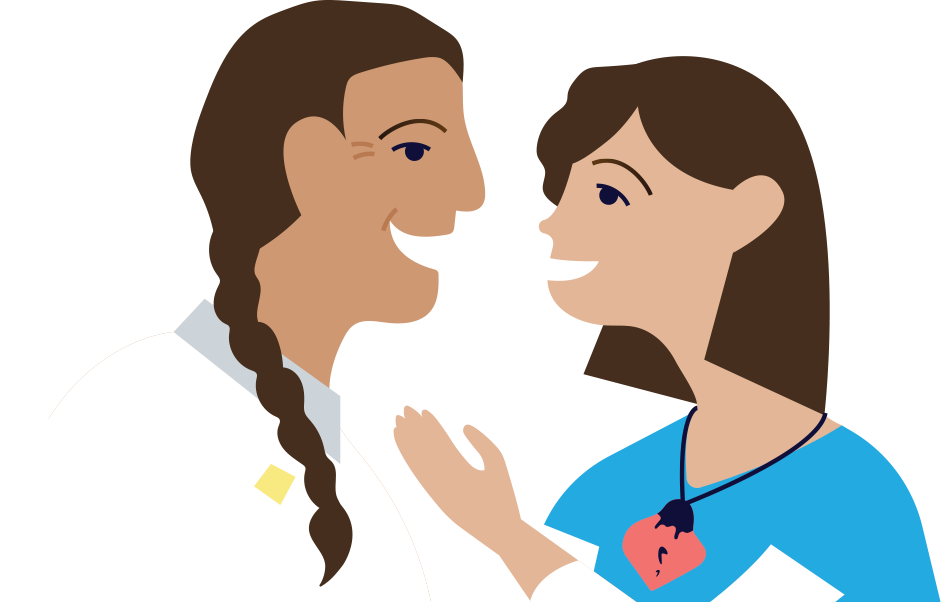
Education
High School
Less than high school - (1%)
78% of women with less than a high school diploma had a personal income of under $20,000
High school diploma or GED - (14%)
59% of women with a high school diploma or equivalent had a personal income of under $20, 000
Postsecondary
Some university, college, or technical school / other - (1%)
Women shared that they have completed some post-secondary education but for various reasons have been unable to receive degrees
College or technical diploma - (26%)
24% of women with a college or technical diploma had a personal income of under $20,000
Undergraduate - (37%)
20% of women with a bachelor’s degree had a personal income of under $20,000
Postgraduate
Masters - (14%)
9% of women with a Masters degree had a personal income of under $20,000
Doctorate - (2%)
6% of women with a Doctorate degree had a personal income of under $20,000
Professional degree - (4%)
7% of women with a professional degree had a personal income of under $20,000
Click chart labels for more details!
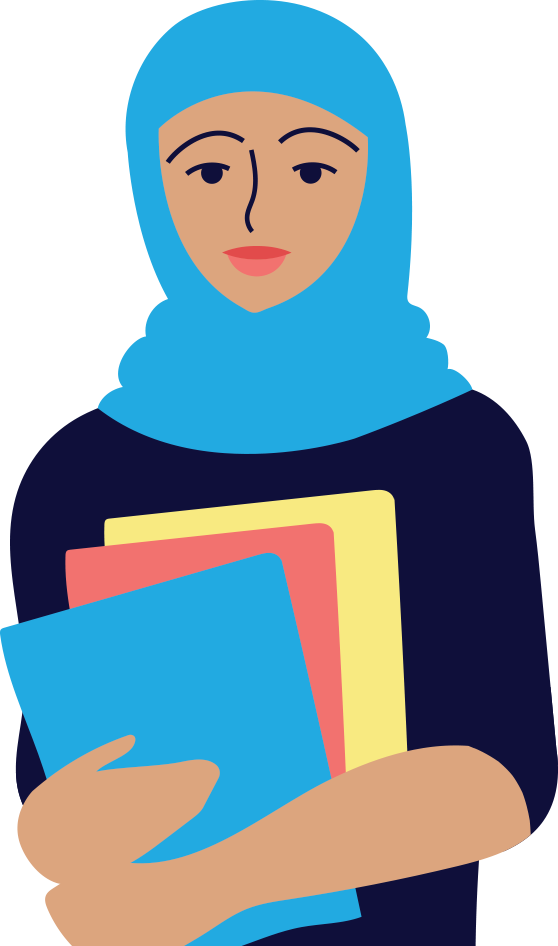
Income
Employment Status
- 703Full Time Job
- 147Part Time Job(s)
- 74Unemployed
- 68Full Time Student
- 60Retired
- 32Leave
- 38Homemaker
- 23Self-Employed
- 54Full Time Job + Part Time Job
- 15Full Time Job & Part Time Student
- 58Part Time Job(s) & Full Time Student
Extra Points
Only employment categories representing at least 1% of respondents are included in our calculations and diagram.
Excluded categories included seasonal workers, unemployed full-time students looking for work, individuals who were working a full-time job and were full-time students, retired individuals working part-time, and part-time students with part-time jobs.
41 individuals outside of the homemaker category also identified as homemakers in combination with other employment statuses.
Total: 1272 respondents
Employment Fields
- 16% Education
- 3% Law
- 14% Social & Community Services
- 12% Government
- 14% Health Care
- 7% Business
- 3% Finance
- 4% Technology
- 4% Arts
- 1% Recreation
- 8% Retail
- 2% Trades
- 3% Science & Engineering
- 10% Other
